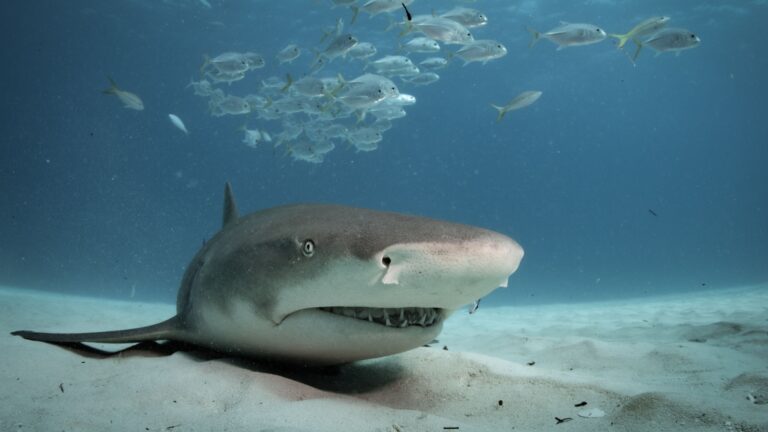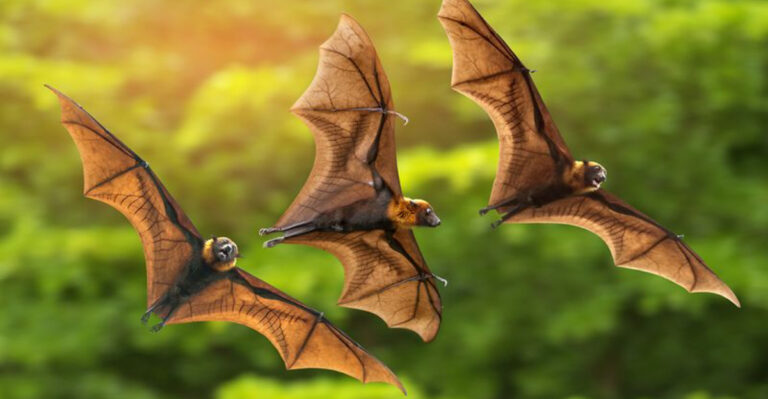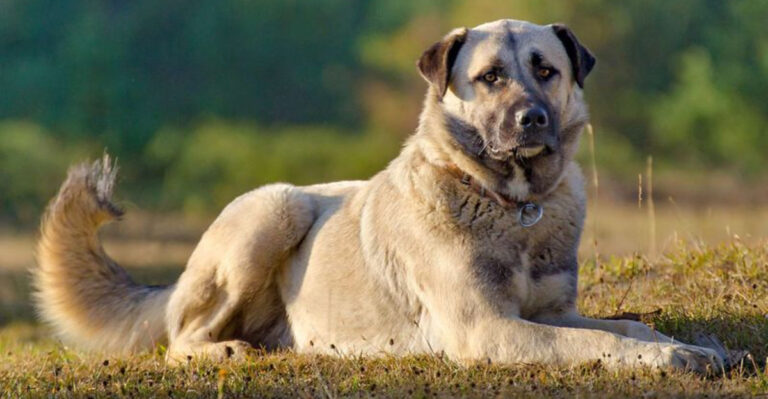From Pheasants To Partridges: 15 Beautiful Galliformes You Need To See
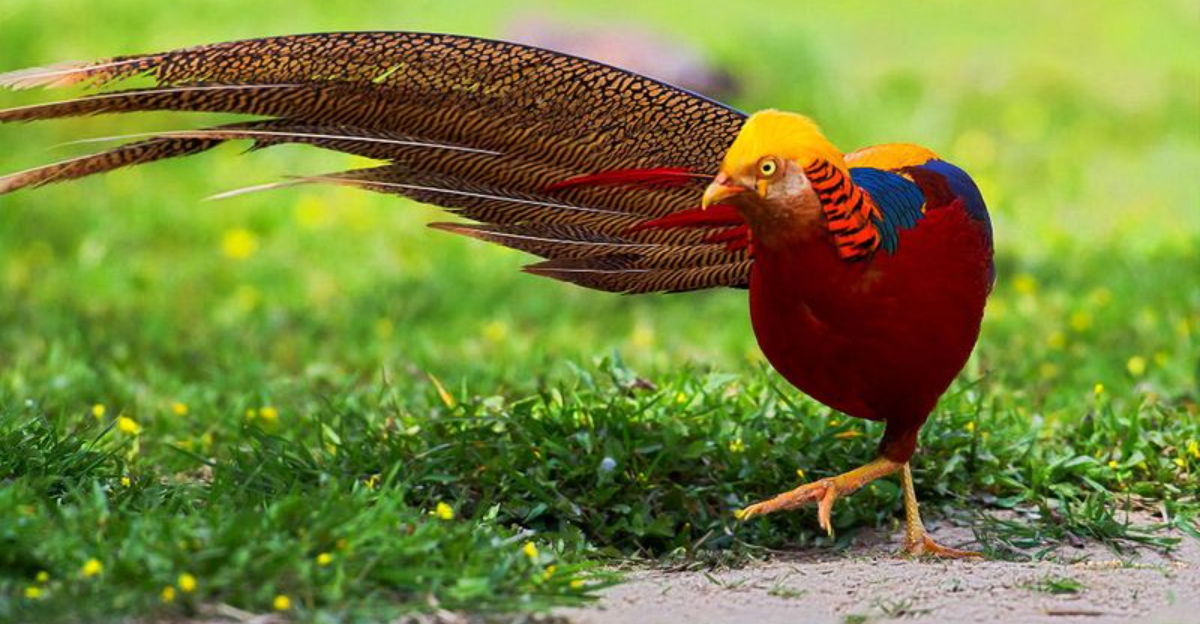
Galliformes, the order of heavy-bodied ground birds, includes some of nature’s most dazzling avian species. From the iconic peacock to the elusive quail, these birds showcase nature’s artistic brilliance through their vibrant plumage and distinctive features.
Whether you’re a bird enthusiast or nature lover, these spectacular Galliformes will leave you in awe of their natural beauty.
1. Nature’s Runway Model: The Indian Peafowl
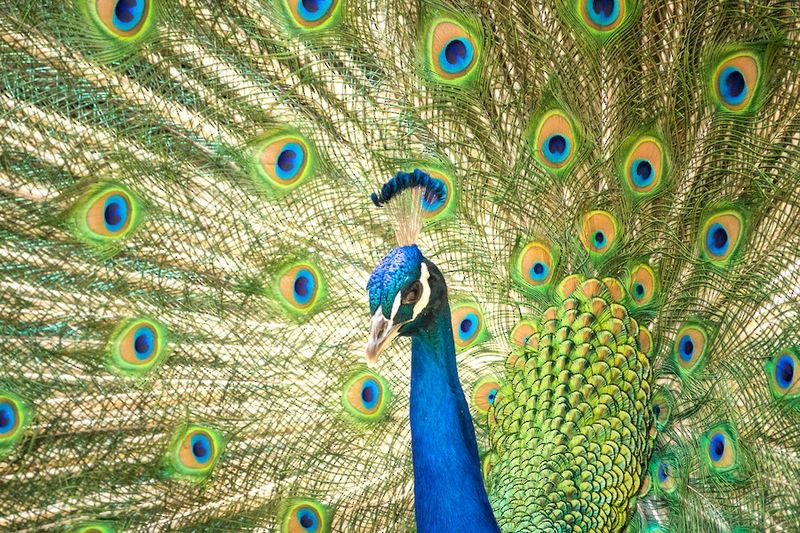
Like a royal carrying a train of jewels, the male Indian Peafowl unfolds a spectacular fan of iridescent feathers that shimmer with blues, greens, and golds in sunlight.
These iconic birds actually use their magnificent displays to attract mates, with females choosing partners based on tail quality. In their native India, they’re considered sacred birds that bring good luck.
2. Mountain Royalty: The Himalayan Monal

Cloaked in a rainbow of metallic hues, the Himalayan Monal looks like it flew straight out of a fantasy world. Males sport a dazzling mix of emerald, copper, and sapphire feathers that catch mountain light perfectly.
Living in high-altitude forests of the Himalayas, these pheasants dig through snow and soil with their strong beaks to find roots and insects. Nepal honors this stunning bird as its national symbol.
3. Golden Wonder: The Chinese Pheasant

Wrapped in a coat that seems dipped in liquid gold, the Golden Pheasant could easily be mistaken for a mythical creature. Its brilliant yellow crest flows like a waterfall above a fiery red body and emerald back.
Native to western China’s mountain forests, these birds have become popular in aviaries worldwide due to their spectacular appearance. Despite their flashy looks, they’re surprisingly shy and quick to hide in thick undergrowth.
4. Jungle Jewel: The Great Argus
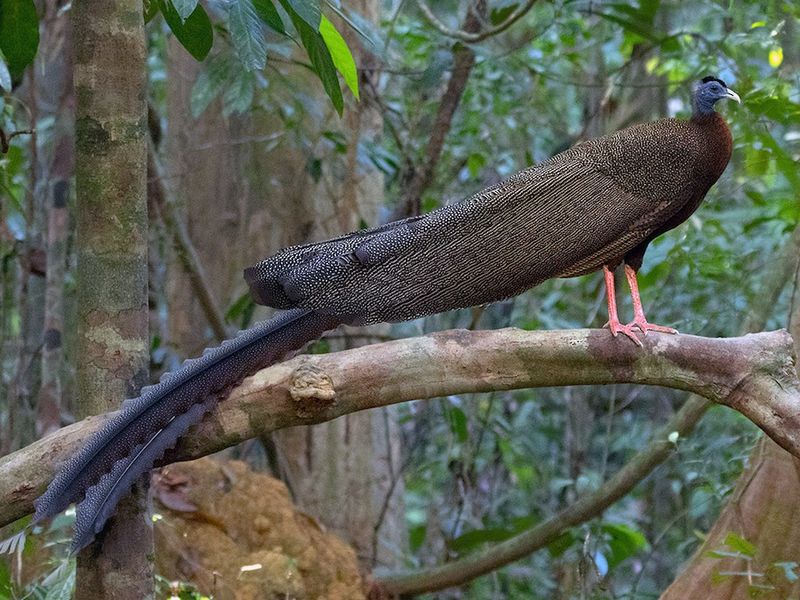
Imagine a bird that transforms its wings into a hypnotic 3D optical illusion! The Great Argus pheasant’s wing feathers feature hundreds of eye-like spots that create an astonishing visual effect when displayed.
Males clear forest floor spaces up to 10 feet wide for their elaborate courtship dances. Found in Southeast Asian rainforests, these remarkable birds can reach nearly 6 feet in length when their spectacular tail feathers are included.
5. Desert Survivor: The Sand Partridge
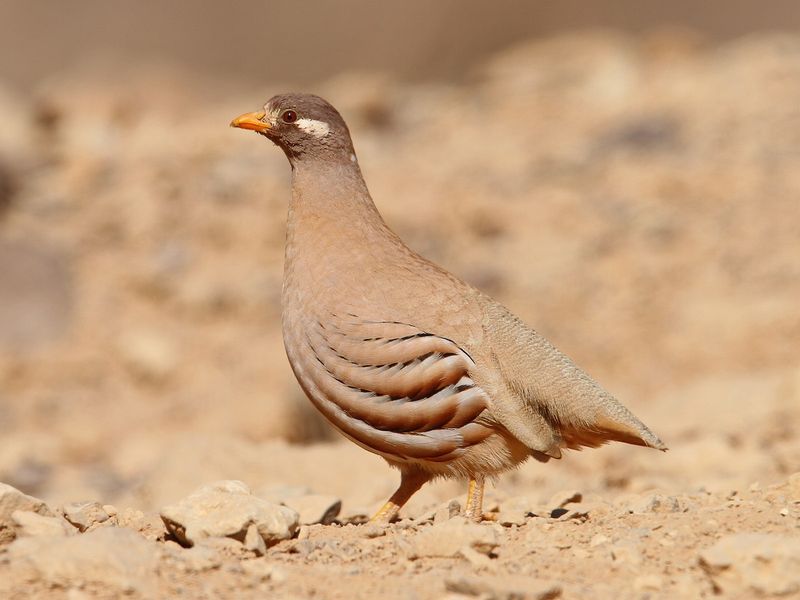
Dressed in earth tones that perfectly match its harsh homeland, the Sand Partridge is nature’s master of desert camouflage. Its subtle beauty lies in perfectly adapted plumage – sandy browns with delicate barring that disappears against rocky terrain.
These tough birds thrive in some of Earth’s most unforgiving landscapes across the Middle East and North Africa. They can go without drinking water for extended periods, getting moisture entirely from their food.
6. Forest Floor Artist: The Ruffed Grouse

Sound becomes art when male Ruffed Grouse perform their spring “drumming” displays. By rapidly beating their wings against air, they create an accelerating thump that echoes through North American forests like a distant engine starting up.
Their mottled brown and gray feathers create perfect woodland camouflage. When startled, these birds explode into flight with a heart-stopping burst of wingbeats that has surprised many hikers.
7. Copper-Feathered Beauty: The Tragopan
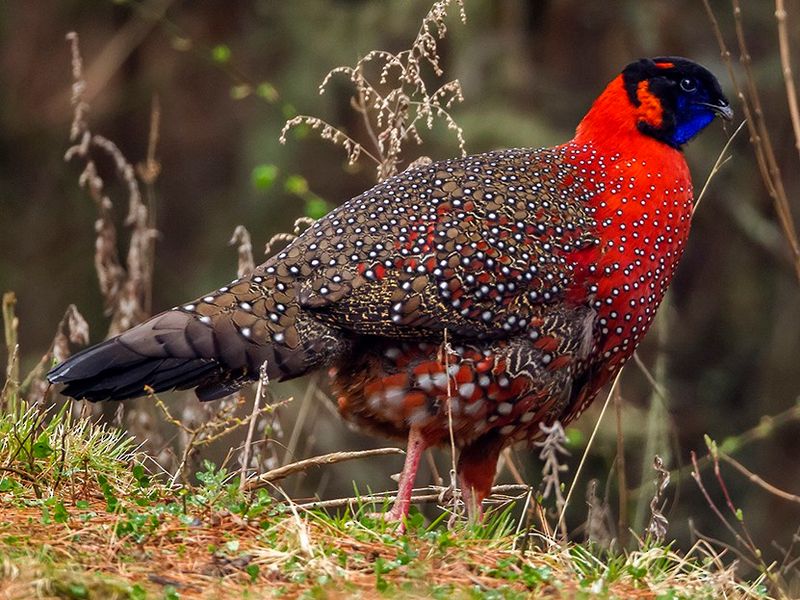
Hidden in misty Himalayan forests lives a bird that seems painted with a celestial brush. The Satyr Tragopan’s feathers glow with deep crimson, dotted with perfect white spots like stars on a red sky.
During courtship, males transform dramatically by inflating a blue throat wattle and displaying colorful lappets from beneath their chins. These secretive birds are rarely seen, making glimpses of their spectacular plumage especially treasured by bird watchers.
8. Painted Prairie Dweller: The Greater Prairie-Chicken
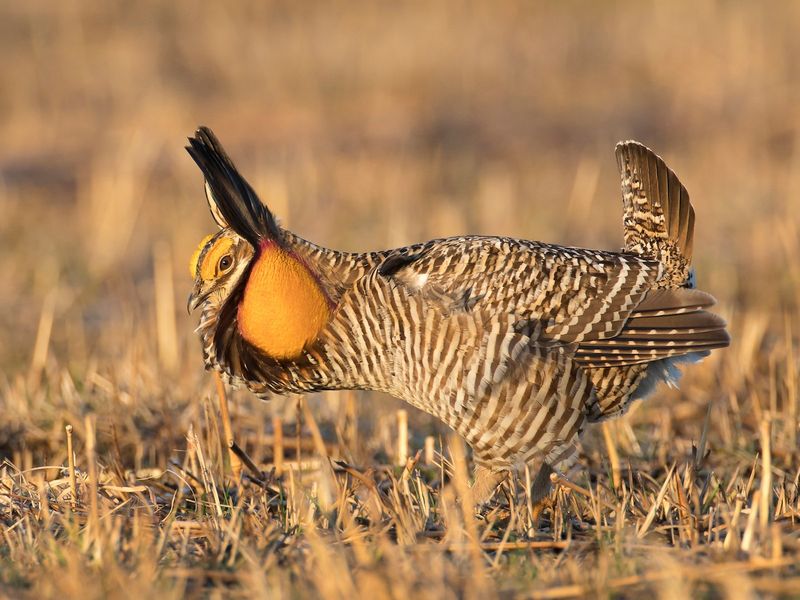
Few wildlife spectacles match a prairie-chicken lek at dawn, where males gather to perform elaborate courtship dances. Their orange air sacs inflate like bright balloons while they stamp their feet and make haunting, resonant booming calls across the grasslands.
Once abundant across North American prairies, these charismatic birds have declined as their habitat disappeared. Their distinctive eyebrow-like combs and barred plumage create a striking appearance against waving grasses.
9. Bamboo Forest Phantom: The Lady Amherst’s Pheasant

Sporting a cape of white feathers edged in metallic blue-green and crowned with a glossy black and crimson hood, the Lady Amherst’s Pheasant looks dressed for an avian royal ball.
Named after Countess Sarah Amherst, who first sent specimens to Europe in the 1800s, these striking birds naturally inhabit mountain forests in southwestern China and Myanmar. Their extraordinarily long tail feathers can stream behind them for up to three feet!
10. Snowfield Specialist: The Ptarmigan

Masters of seasonal transformation, ptarmigans perform one of nature’s most complete wardrobe changes. Their brilliant white winter plumage makes them nearly invisible against snow, while brown summer feathers blend perfectly with alpine rocks and vegetation.
Even their feet are adapted for extreme cold, completely feathered like built-in snowshoes that distribute weight on soft snow. These hardy birds remain in Arctic and alpine regions year-round, even during the harshest blizzards.
11. Living Fossil: The Helmeted Guineafowl
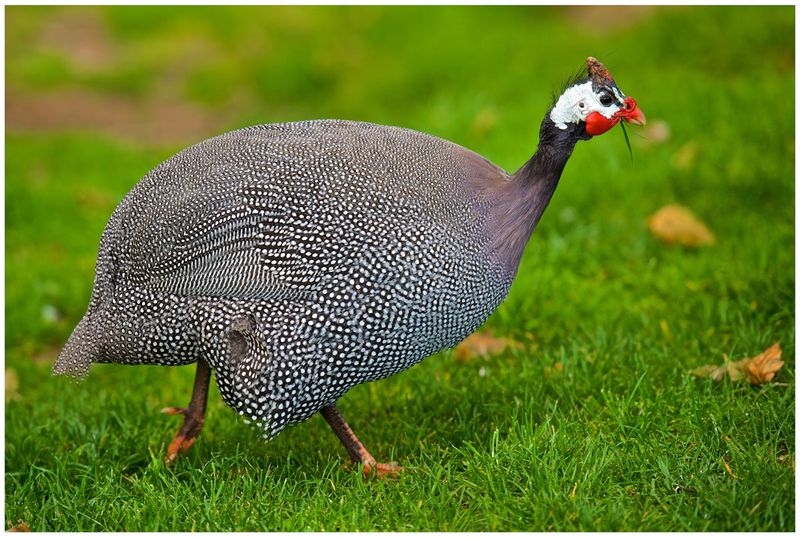
With polka-dotted plumage and a prehistoric-looking blue head topped by a bony helmet, guineafowl look like they stepped out of a dinosaur documentary. Their striking contrast of cobalt blue skin against black and white spotted feathers creates nature’s perfect pattern.
Originally from Africa, these vocal birds now inhabit farms worldwide as natural pest controllers. They travel in chattering flocks called “confusions” and make excellent watchdogs, raising noisy alarms at any unusual sight.
12. Tropical Treasure: The Ocellated Turkey
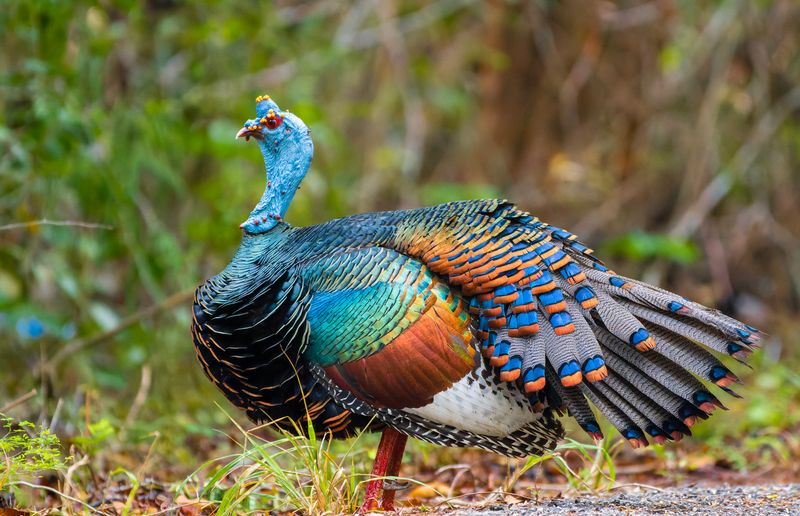
Forget Thanksgiving birds – the Ocellated Turkey of Central America looks dipped in electric blue paint and studded with gemstones. Its feathers shimmer with bronze-green iridescence, while the bare head glows with sunset orange and blue adorned with red nodules.
Unlike their northern cousins, these jungle-dwelling turkeys sport distinctive eye-shaped spots on their tail feathers that give them their name. Found in the Yucatán Peninsula forests, they’re sadly becoming rare due to hunting and habitat loss.
13. Rain-Loving Royalty: The California Quail
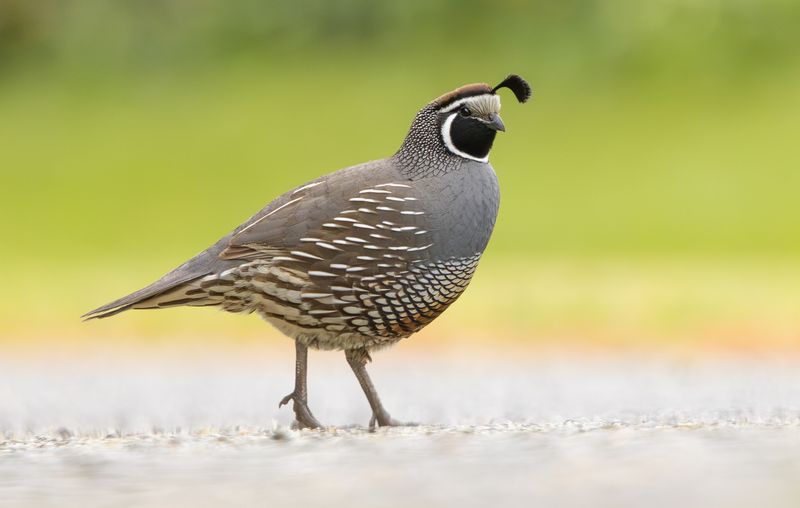
Topped with a jaunty forward-curving plume that bounces with each step, California Quail have an unmistakable charm. Their intricate scaling pattern in soft grays and browns is set off by a bold black face outlined in white for males.
These sociable birds travel in coveys, scurrying along the ground with a distinctive two-note “Chi-ca-go” call. During rainy seasons, they form larger groups that can number up to several hundred birds gathering in coastal chaparral and woodland edges.
14. Jungle Drummer: The Roulroul
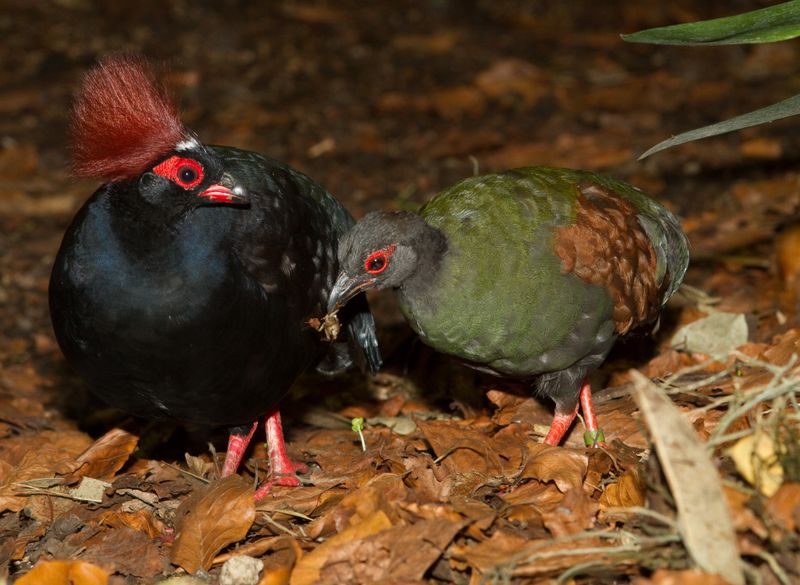
Looking like it was designed by an artist with a bold color palette, the male Roulroul sports a crimson crest, black body, and white wing patch that pops against deep green rainforest shadows.
Females take a completely different approach with emerald green feathers and rusty head plumage. These unusual Southeast Asian partridges live in pairs, foraging on the forest floor where they use their strong claws to dig for tasty roots and tubers.
15. Spurred Warrior: The Red Junglefowl
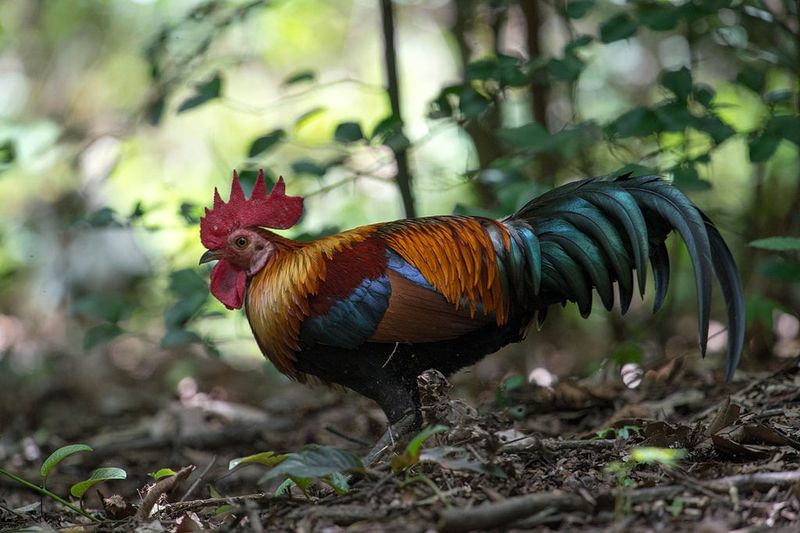
Meet the wild ancestor of all domestic chickens! The Red Junglefowl rooster’s golden neck hackles catch sunlight like polished metal as he struts through Asian forests with his elegant arched tail feathers.
Males sport sharp spurs on their legs used in territorial battles that can become intense spectacles. Despite being the source of the world’s most numerous bird, wild junglefowl remain elusive forest dwellers whose dawn calls have echoed through Asian jungles for millennia.

